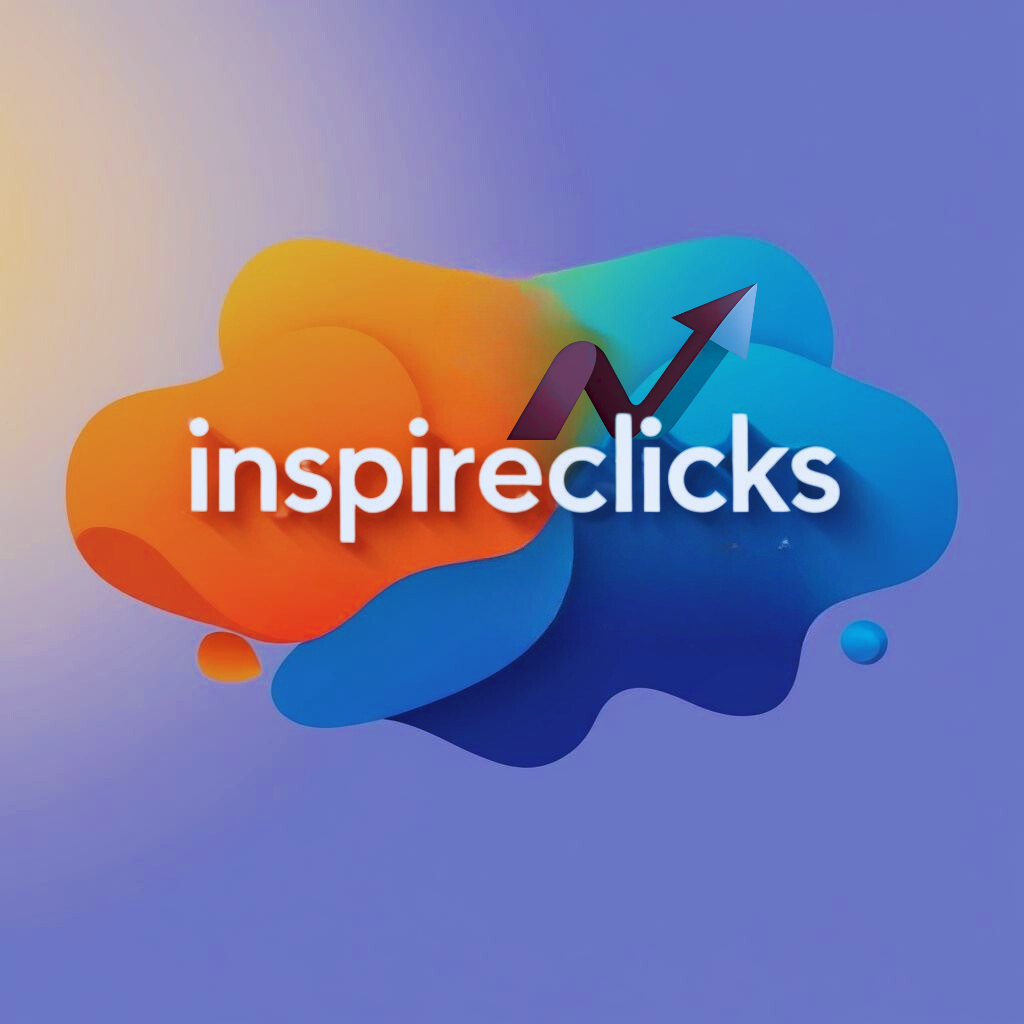🚀 Product-Led Growth (PLG) SEO: Driving Organic Signups Without Ads
The Product-Led Growth (PLG) model is inherently aligned with SEO. In PLG, the product itself is the main acquisition and conversion engine. The role of SEO is to drive highly-qualified users to the exact point in the product where they can experience the core value (the “Aha!” moment).
Forget generic blog posts; this strategy uses your product’s features, data, and user experience to create organic growth loops that minimize reliance on costly paid advertising.
1. The PLG SEO Framework: Intent-to-Activation
A successful PLG SEO strategy focuses on targeting users with high commercial investigation intent and immediately bridging their search query to product value.
| Funnel Stage | SEO Goal | Target Keywords & Intent | PLG Content Type |
| Top-of-Funnel (TOFU) | Problem-Awareness $\rightarrow$ Product Intro | “how to reduce churn,” “best practices for X” (High Volume, Educational) | Comprehensive Guides, Data Reports, Free Templates (with product integration) |
| Middle-of-Funnel (MOFU) | Solution-Awareness $\rightarrow$ Feature Trial | “Trello vs Asana,” “cheapest [feature] tool,” “[tool name] integration” (Commercial Investigation) | Comparison Pages, Integration Hubs, Feature-Specific Landing Pages |
| Bottom-of-Funnel (BOFU) | Decision $\rightarrow$ Signup | “[Your brand name] pricing,” “[Your brand name] free trial” (Transactional) | Pricing Page, Testimonials, Dedicated “Sign Up” Page (Optimized for speed) |
2. Product-Led Content: Turning Features into Keywords
The cornerstone of PLG SEO is creating content that scales with your product, often requiring less manual content creation over time.
A. Programmatic SEO (The Zapier Model)
Use your product’s inherent data structure to generate thousands of unique, search-optimized pages at scale.
- Integrations Hubs: If your product connects two other tools (e.g., Slack and Trello), create a dedicated page: “How to Connect [App A] with [App B] using [Your Product]”.
- SEO Benefit: Captures high-intent MOFU traffic searching for specific solutions.
- Template Galleries: If your product offers templates (e.g., project dashboards, email sequences), create pages for each: “Free [Type] Template for [Industry/Role]”.
- SEO Benefit: Low-cost BOFU content that often converts well because users get immediate, tangible value.
B. Feature-to-Use-Case Mapping
Create dedicated, deep-dive landing pages for your core features, optimized around the job-to-be-done (JTBD).
- Bad Page:
/features/kanban-board(Generic, low SEO intent) - Good Page:
/use-cases/visualize-team-roadmap-kanban-style(High intent, answers a specific user need)- Action: Include product screenshots, short demo videos, and embedded interactive widgets directly on these pages to show the value before signup.
C. Data-Driven Insights Pages
Leverage your aggregated, anonymized product data to create unique, citable content that builds E-E-A-T.
- Example: If your product tracks email open rates, publish “The State of Email Engagement in SaaS 2025”.
- SEO Benefit: Attracts high-authority backlinks from news sites and industry blogs, skyrocketing your domain authority.
3. Technical SEO for Activation Speed
In PLG, the journey from landing page $\rightarrow$ signup must be frictionless. Technical SEO is directly responsible for conversion rate optimization (CRO) and time-to-value.
- Core Web Vitals & INP: Ensure your product’s sign-up pages, pricing pages, and free tools have elite loading speed (LCP) and interactivity (INP). Even a one-second delay can drastically reduce free trial signups.
- Schema Markup (The PLG Stack):
- Use
SoftwareApplicationschema on your homepage and main product pages. - Use
HowToschema on tutorials that guide users into the product. - Use
FAQPageschema on your knowledge base to win rich snippets.
- Use
- Crawl Budget for Value: Use
noindextags on low-value internal pages (user profiles, thank you pages, internal search results) to ensure Google’s bot prioritizes crawling your high-conversion feature and comparison pages.
4. Internal Linking & The User Funnel
Your internal linking structure must mirror the user’s journey from problem-solving (blog) to product-solving (feature pages).
- Blog $\rightarrow$ Feature Page: Every informational blog post (TOFU) must feature a clear, contextual link to the specific feature page (MOFU) that solves the problem being discussed.
- Anchor Text Focus: Use benefit-driven, commercial investigation anchor text (e.g., “try our free [feature] now,” or “see the full [feature] dashboard”).
- Product Pages $\rightarrow$ Case Studies: Link product pages to relevant customer success stories to build trust and show experience in action, reinforcing E-E-A-T.
- Use Free Tools as Link Magnets: Create free, lightweight tools (e.g., a “Headline Analyzer” or “ROI Calculator”) that people will naturally link to. Place a visible CTA within the tool to sign up for the full product experience.
5. Metrics that Matter: Moving Beyond Traffic
In PLG, the SEO team must track metrics that connect organic visibility directly to product usage.
- Organic Signups/Trial Starts: The primary KPI. Track how many sign-ups came from an organic landing page.
- Content-to-PQL (Product Qualified Lead) Rate: Track the percentage of users who land on a specific page (e.g., a template page) and then hit a defined “activation” milestone within the product during their trial.
- Organic LTV (Lifetime Value): Often, users acquired organically have lower churn and higher LTV than those from paid ads. Report this to demonstrate the true value of your SEO channel.
